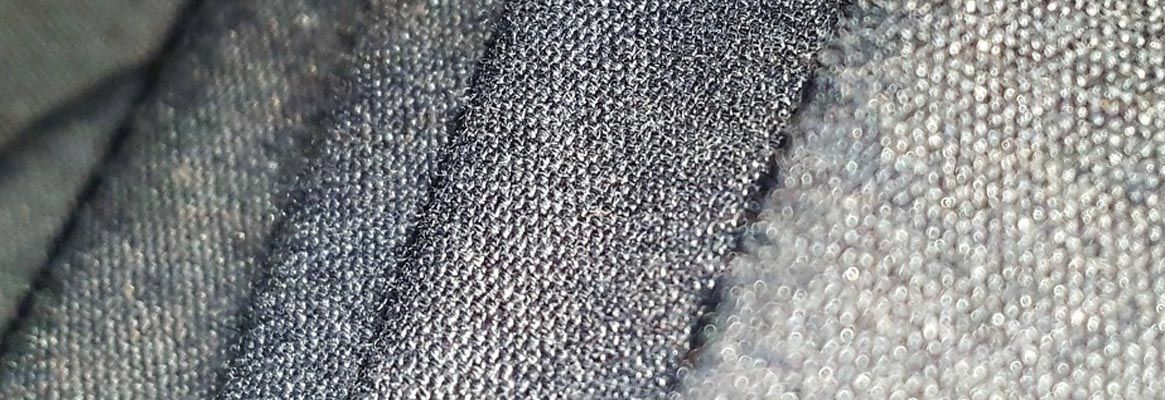Abstract
3D fabrics are undergoing rapid development due to their versatile physical, structural attributes, and application scopes. These fabrics can be produced in various architectures, offering opportunities to modify the weight, aesthetics, properties, and cost of various products. The manufacturing techniques for 3D fabric and their potential end uses in the market are discussed in this paper.
Introduction
Three-dimensionally woven textiles are not only aesthetically pleasing but also have the potential to revolutionize the way complex structures like aircraft are built. The definition of 3D fabrics varies among authors. Greenwood defines 3D fabrics as those with substantial measurements in three dimensions compared to conventional fabrics, which have measurements in two dimensions only. Khokar describes 3D fabric as a single-fabric system with constituent yarns disposed in three mutually perpendicular planes. Hearle defines 3D fabrics as thick planar sheets or shaped solid forms with multiple layers of yarns, hollow structures, and thin 3D shells.
The authors are associated with Panipat Institute of Engineering & Technology, Panipat.



_Small.jpg)



